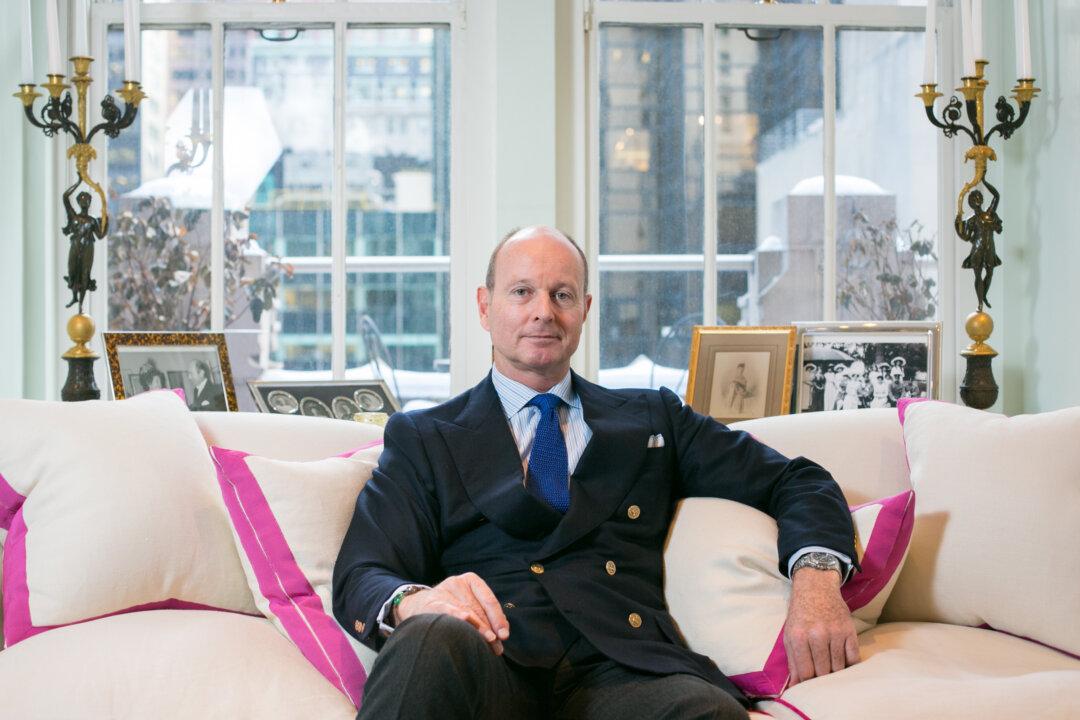NEW YORK—Every stride he takes into his jewelry salon and atelier imbues a sense of certainty, dignity, and purpose. He pauses briefly in front of his chair, then glances over as he flicks the sides of his vented blazer before sitting—perfectly erect.
The flapping sound calls for alertness to the present moment.






